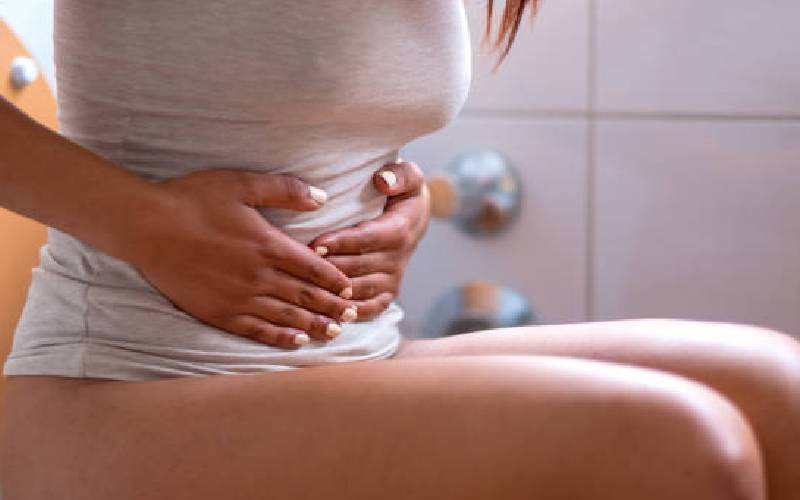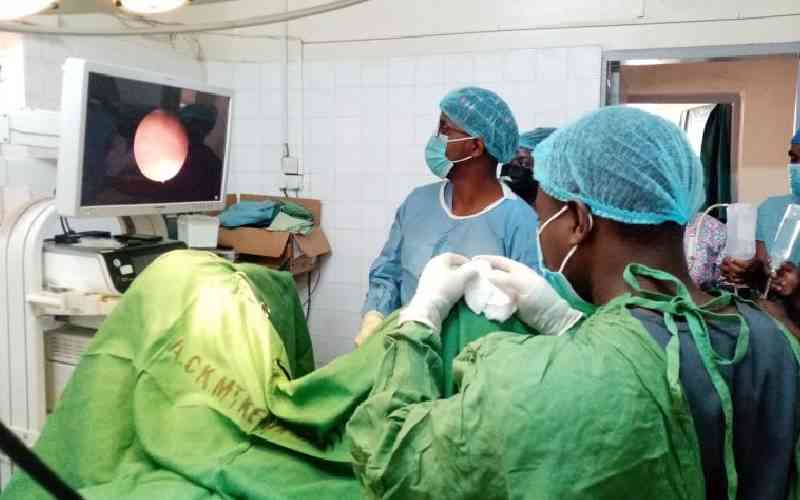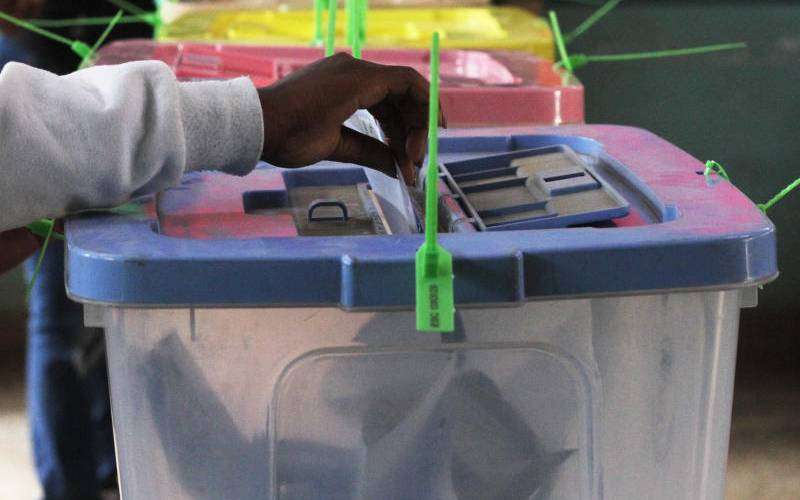
NAIROBI: In days past, the only way to handle fibroids has been through surgical methods but this is no longer the case thanks to an advanced treatment option.
Known as the Uterine Fibroid Embolization (UFE), this procedure has increased the number of treatment options available for patients suffering from fibroids in East Africa.
Gloria Wamalwa, who recently underwent this procedure, found out that she suffered from fibroids ten years ago when she conceived her second child. The doctors advised her to do nothing about them as they seemed to shrink after her pregnancy. She did not think about them until two years ago when, during a routine MRI exam, the doctor told her she ought to do something about them.
“I kept postponing the issue. I have never been to theatre and the thought of surgery freaked me out. Many of the stories I have heard and read about were not encouraging either, However, a few weeks ago I started getting very heavy periods and consulted my doctor. He mentioned that an advanced fibroids treatment that did not involve surgery is being performed and introduced me to Dr Obura,” she says.
Gloria says the doctor first explained the procedure then gave her some websites to help her access further information. An MRI was then carried out to determine whether she was a good candidate for the technique.
“On the day of the intervention, I was asked to be at the hospital at 8am. I was prepared for the procedure at 9am and by 11am I was through and chatting with my visitors in my room.”
“The best part of it was that I was awake throughout the procedure watching everything on the screen in the Cathlab and the doctors were talking to me so it was not scary. I had no side effects after the procedure, it was less costly and I am very happy because it was non- invasive so I have no scars,” she says.
Gloria feels every woman has a right to know about all treatment options for fibroids and where they are available so as to enable them make informed choices.
Fibroids are a non-cancerous growth of the muscle of the uterus which typically occur in women during their reproductive years. Research indicates that one in five women has fibroids and black women are two to three times more likely to have them compared to their white counterparts.
Depending on their size, location and nature of symptoms caused by the fibroids, different treatment options are available and UFE is recommended as a non-surgical alternative for patients who want to avoid open surgery, or have risks resulting from surgical complications, a history of keloid scars (an overgrowth of scar tissue), blood clots, or medical conditions that may complicate anaesthesia.
“This procedure is also an option for patients who may wish to conceive in future and is a very effective method of reducing menstrual blood loss in those with anaemia. In addition, the choice of UFE allows for rapid resumption of normal activity and is used as a means of shrinking fibroids to reduce pressure symptoms,” says Dr Timona Obura the Vice Chair, Department of Obstetrics and Gynaecology at Aga Khan University Hospital.
In situations where UFE may not be an option for a patient, Dr Obura says there are other treatment options which can be recommended following a detailed gynecological examination by a qualified doctor.
 The Standard Group Plc is a
multi-media organization with investments in media platforms spanning newspaper
print operations, television, radio broadcasting, digital and online services. The
Standard Group is recognized as a leading multi-media house in Kenya with a key
influence in matters of national and international interest.
The Standard Group Plc is a
multi-media organization with investments in media platforms spanning newspaper
print operations, television, radio broadcasting, digital and online services. The
Standard Group is recognized as a leading multi-media house in Kenya with a key
influence in matters of national and international interest.
 The Standard Group Plc is a
multi-media organization with investments in media platforms spanning newspaper
print operations, television, radio broadcasting, digital and online services. The
Standard Group is recognized as a leading multi-media house in Kenya with a key
influence in matters of national and international interest.
The Standard Group Plc is a
multi-media organization with investments in media platforms spanning newspaper
print operations, television, radio broadcasting, digital and online services. The
Standard Group is recognized as a leading multi-media house in Kenya with a key
influence in matters of national and international interest.








